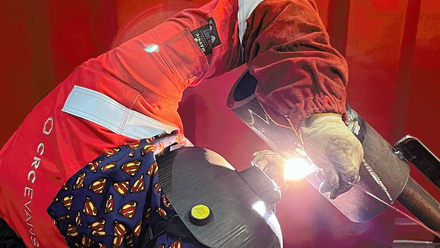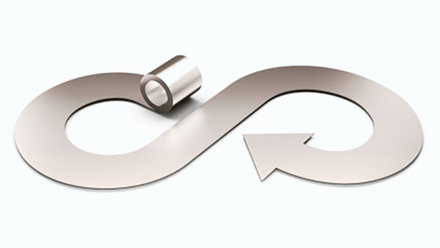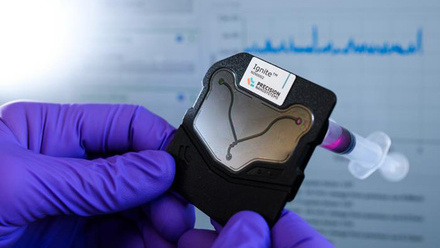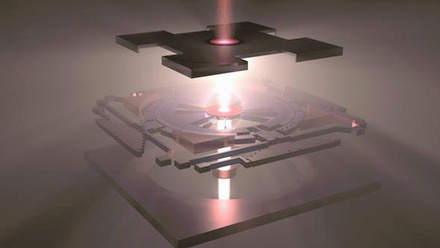Lotus premiers lightweight chassis technology
Lotus is premiering a lightweight chassis technology that will underpin their electric sports car.
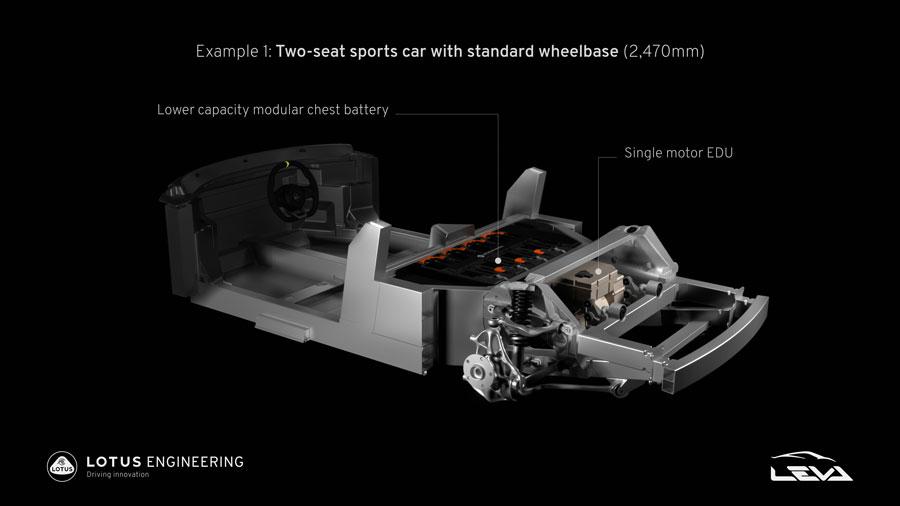
The new structure has been developed through Project Lightweight Electric Vehicle Architecture (LEVA), announced last October by Lotus. Project LEVA is a research programme that’s accelerating the development of all-new lightweight structures for next-generation battery electric vehicles.
The rear subframe, create by Lotus and Project LEVA, is 37% lighter than it is on the Lotus Emira V6 which means Lotus now claims to have the ‘blueprint’ for the next generation of electric sports cars, for future Lotus products and for the Lotus Engineering consultancy to commercialise.
A new animation reveals how the technology will form part of the electric sports car chassis, illustrating the versatile nature of the vehicle architecture. It is fully adaptable to provide a platform for a range of EVs with variable layouts, wheelbase lengths, battery sizes and configurations.
As the animation shows, all three layouts feature a common lightweight die-cast rear sub-frame with multiple interchangeable components. With this new technology a single vehicle architecture could accommodate two different types of battery configurations:
- ‘Chest’ layout, where the modules are stacked vertically behind the two seats. A chest layout is a ‘mid-mounted power pack’, ideal for sports car/hypercar vehicle types where a low overall ride height and low centre of gravity are required, and as seen on the Lotus Evija pure electric hypercar.
- ‘Slab’ layout, where the modules are integrated horizontally under the cabin. This is most suitable for vehicles where a higher ride height and a taller overall profile is required. It is often referred to as a ‘skateboard power pack’ layout.
The subframe features cylindrical battery cells for high energy density, with the option of a single or twin electronic drive unit (EDU) to support. Cold cure, spot bonding and advanced weld processes mean reduced environmental impact during assembly.
This unique degree of flexibility and modularity in wheelbase and propulsion solutions will be the genesis for a wide variety of electric vehicle applications, Lotus says. These could be for the eagerly anticipated Lotus electric sports car – scheduled for launch in 2026 – as well as for third-party clients through Lotus Engineering.



